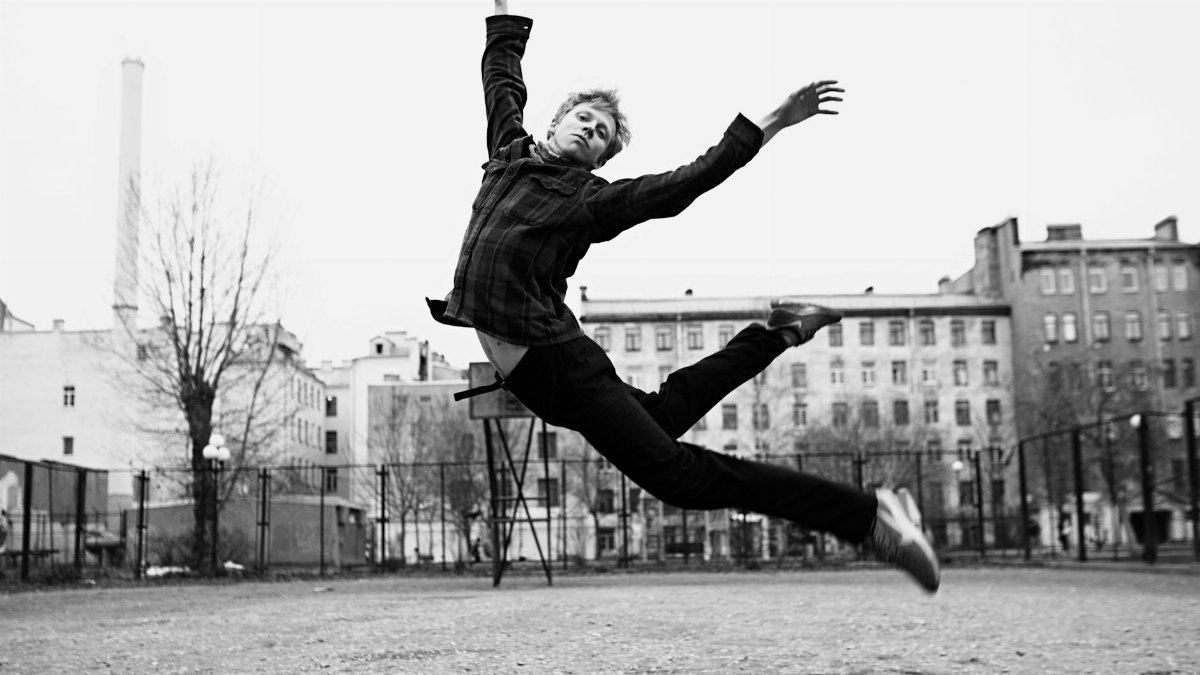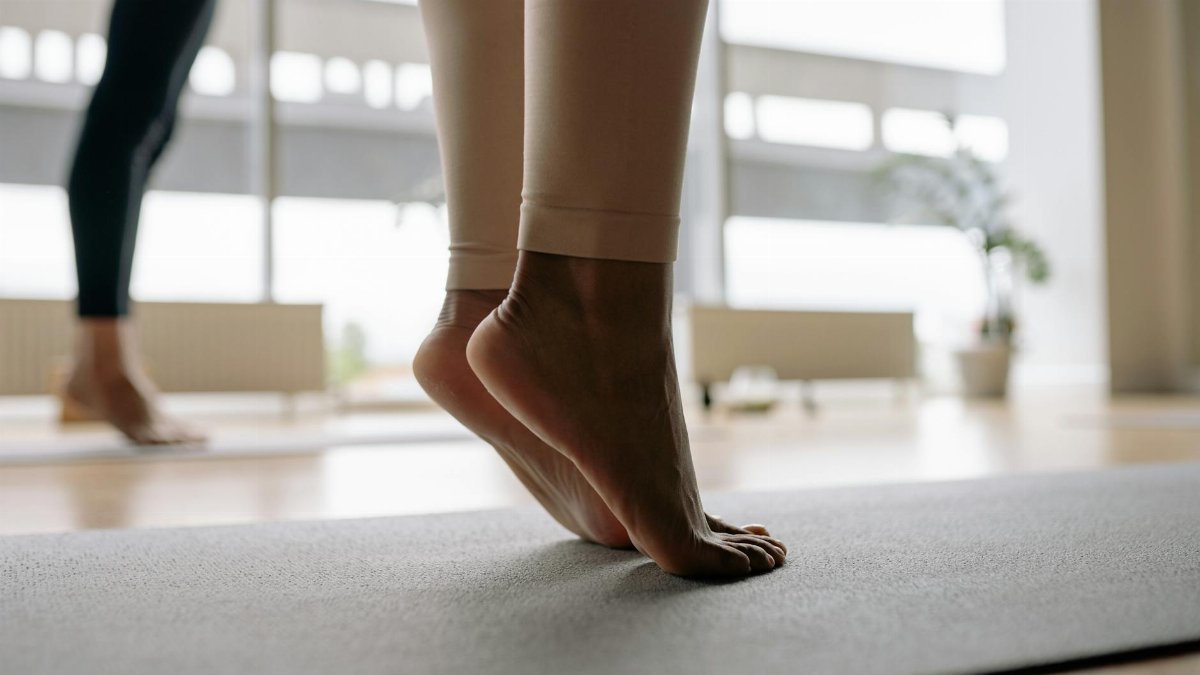Imagine a quiet afternoon in a bustling city café, where a woman sits staring out the window, her coffee untouched. She’s not distracted or lost; she’s in a deliberate pause, letting her thoughts drift. This scene captures the essence of mind wandering incubation—a concept gaining traction as a tool for creativity and problem-solving. In a world obsessed with productivity, where every minute must be accounted for, the idea of intentionally letting the mind roam feels almost rebellious. Yet, research and real-life experiences suggest this unstructured mental space might be the key to unlocking fresh ideas. For many Americans juggling endless to-do lists in 2025, embracing these quiet windows could shift how we approach work and innovation. This isn’t about daydreaming aimlessly; it’s about harnessing the brain’s natural rhythms to incubate breakthroughs.
The Science Behind Mind Wandering

At its core, mind wandering incubation refers to the brain’s ability to process and connect ideas subconsciously when given unstructured time. Neuroscientists have long studied how the brain’s default mode network—a set of regions active during rest—plays a crucial role in creativity. When we step away from focused tasks, this network kicks in, stitching together seemingly unrelated concepts. A 2012 study from the University of California, Santa Barbara, found that participants who took breaks to let their minds wander performed better on creative problem-solving tasks than those who stayed hyper-focused.University of California, Santa Barbara Research highlights how such breaks allow for “incubation periods” where solutions emerge unexpectedly.
Think of it as letting a pot simmer on low heat. The ingredients are there, but they need time to meld. This isn’t just theory—real-world implications abound. Many artists and inventors describe their best ideas arriving not at the desk, but during a walk or in the shower, moments when the mind is free to roam.
Why We Resist Unstructured Time

Americans are conditioned to equate busyness with worth. The 40-hour workweek, often stretching longer in 2025’s gig economy, leaves little room for mental downtime. A Pew Research survey noted that over 60% of U.S. workers feel pressure to be “always on,” fearing that pauses signal laziness.Pew Research Center Work Trends paints a picture of a workforce tethered to productivity metrics. Yet, this cultural aversion to idle time might be stifling innovation.
Consider a software developer in Seattle who confessed to feeling guilty for stepping away from her screen, even for a 10-minute walk. She shared anonymously in a public forum that her best code solutions often came after these breaks, yet the nagging sense of “wasting time” persisted. Her story reflects a broader tension: we know mind wandering can help, but we’re wired to resist it.
The Creative Power of Incubation

History offers countless examples of mind wandering incubation at work. Archimedes famously shouted “Eureka!” while bathing, not while toiling over calculations. The bath allowed his mind to drift, connecting dots in ways conscious effort couldn’t. Modern studies back this up. Research from the National Institutes of Health suggests that incubation periods—times when we disengage from a problem—enhance insight by letting the subconscious take over.NIH News Releases often summarize such findings on cognitive processes.
This isn’t just for scientists or artists. A mid-level manager in Chicago recalled a moment when, stuck on a budget issue, he took a lunch break to wander through a nearby park. Halfway through, a novel approach to reallocating funds popped into his head. That unplanned mental space became his turning point.
Practical Ways to Schedule Mental Windows

Embracing mind wandering incubation doesn’t mean abandoning structure. Start small by carving out 10- to 15-minute windows during the day. Leave the phone behind, step outside, or simply gaze out a window. The key is to resist the urge to fill this time with podcasts or scrolling. Let thoughts flow without judgment. Some find it helpful to set a loose intention before wandering—like mulling over a specific challenge—though others prefer total freedom.
Another tactic is to alternate intense focus with deliberate breaks. The Pomodoro Technique, for instance, pairs 25 minutes of work with 5 minutes of rest. Extend those rest periods slightly for mind wandering, and watch how ideas surface. It’s less about doing nothing and more about trusting the brain’s backstage processes. Experiment with what feels natural; there’s no one-size-fits-all here.
Overcoming the Guilt of Doing “Nothing”

For many, the hardest part of mind wandering incubation is shedding guilt. Society often labels idle moments as unproductive, especially in high-pressure fields like tech or finance. Yet, reframing these pauses as essential to creative output can shift perspectives. A 2021 study from Harvard University found that workers who embraced short mental breaks reported higher job satisfaction and better problem-solving skills.Harvard University Research News underscores how rest isn’t a luxury—it’s a necessity.
One approach is to track outcomes. After a week of intentional mind-wandering breaks, note any new ideas or solutions that emerged. Seeing tangible results can quiet the inner critic. Over time, these windows become less a guilty pleasure and more a strategic tool.
Balancing Wander with Focus

Mind wandering incubation isn’t a free pass to avoid work. Too much unstructured time can lead to procrastination or disarray, especially for those with looming deadlines in 2025’s fast-paced environment. The trick lies in balance. Use wandering as a complement to focused effort, not a replacement. Set boundaries—perhaps limiting mental breaks to 20% of a workday—and return to tasks with renewed clarity.
Some professionals pair this with mindfulness practices to stay grounded. A brief meditation after a wandering session can help distill stray thoughts into actionable insights. Others jot down any ideas that arise during breaks, ensuring they don’t slip away. It’s about weaving these pauses into a broader rhythm of productivity, not letting them derail it.
The Broader Impact on Work and Life

As more Americans grapple with burnout, mind wandering incubation offers a subtle antidote. It’s not just about creativity; it’s about mental sustainability. Companies like Google have long championed “20% time” for employees to explore side projects, often yielding innovations like Gmail. While not every workplace can adopt such policies, individuals can advocate for small shifts—lunchtime walks or no-meeting afternoons—that prioritize mental space.
Beyond work, these windows enrich personal life. They allow for reflection on relationships, goals, or simply the texture of a day. In a culture that often measures worth by output, reclaiming time to think freely feels like a quiet act of defiance. It reminds us that not every moment needs a purpose to hold value.
Looking Ahead Without Rushing

The conversation around mind wandering incubation continues to evolve. As neuroscience uncovers more about how our brains thrive on rest, and as workplaces slowly adapt to prioritize well-being, the stigma around unstructured time may fade. For now, it’s up to individuals to experiment with these mental windows, to test their limits and benefits in daily routines.
What’s clear is that creativity and clarity often hide in the margins—in the moments we’re tempted to skip. So, the next time a blank stare out the window beckons, don’t resist. Let the mind wander. It might just lead somewhere unexpected.
Disclaimer
The content on this post is for informational purposes only. It is not intended as a substitute for professional health or financial advice. Always seek the guidance of a qualified professional with any questions you may have regarding your health or finances. All information is provided by FulfilledHumans.com (a brand of EgoEase LLC) and is not guaranteed to be complete, accurate, or reliable.
